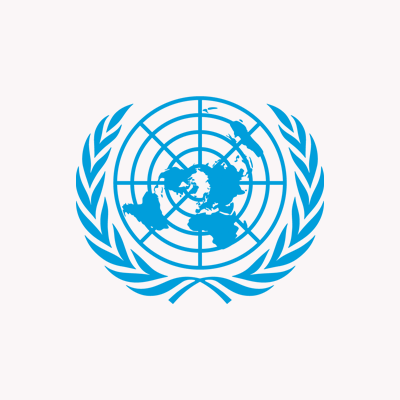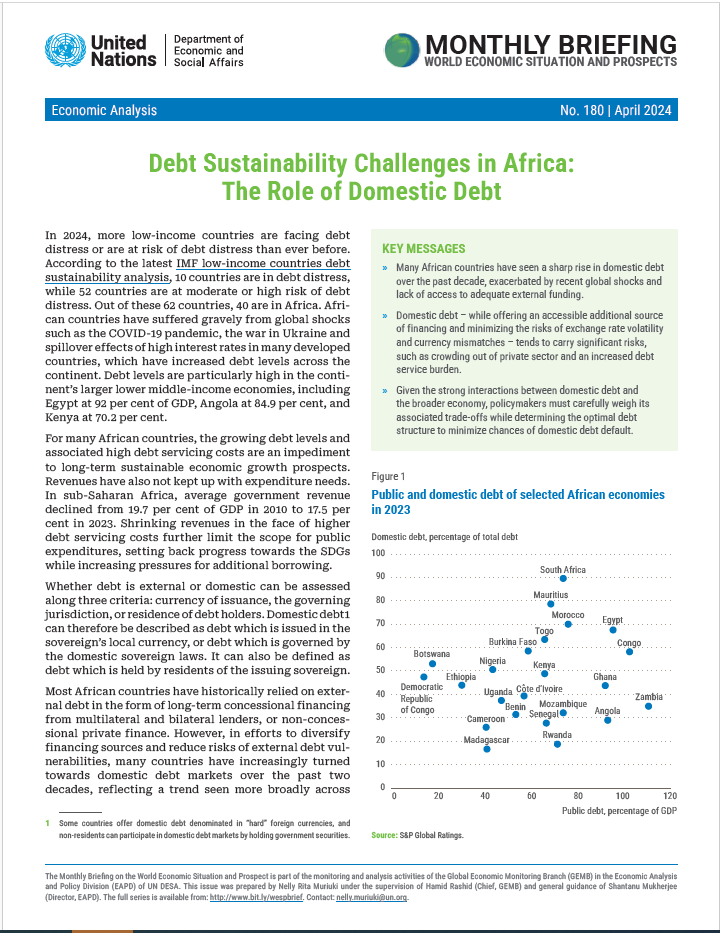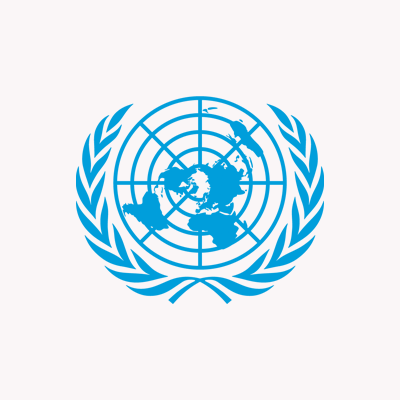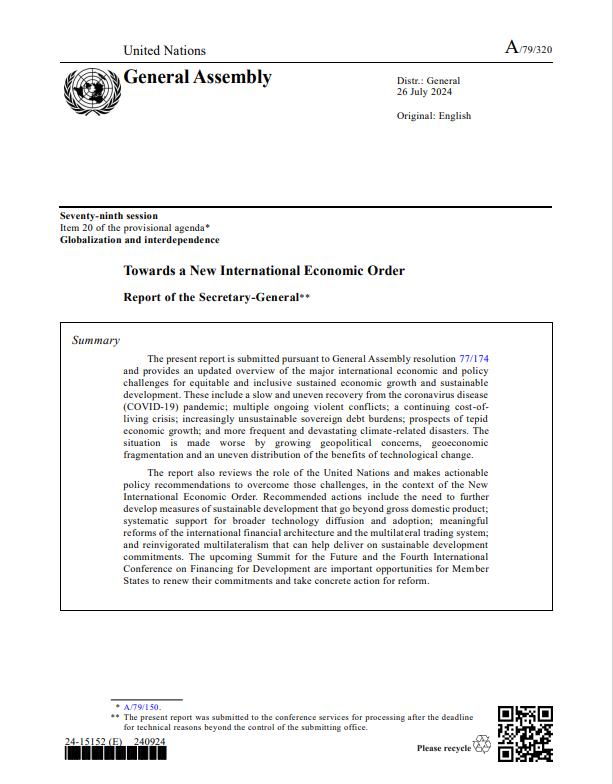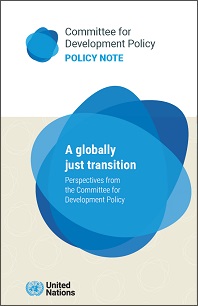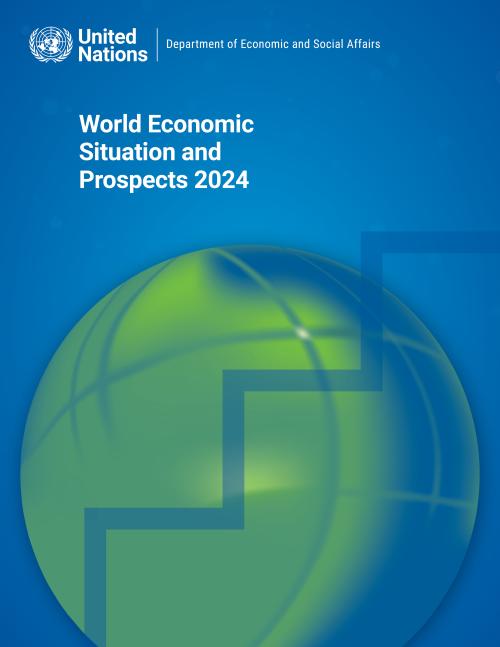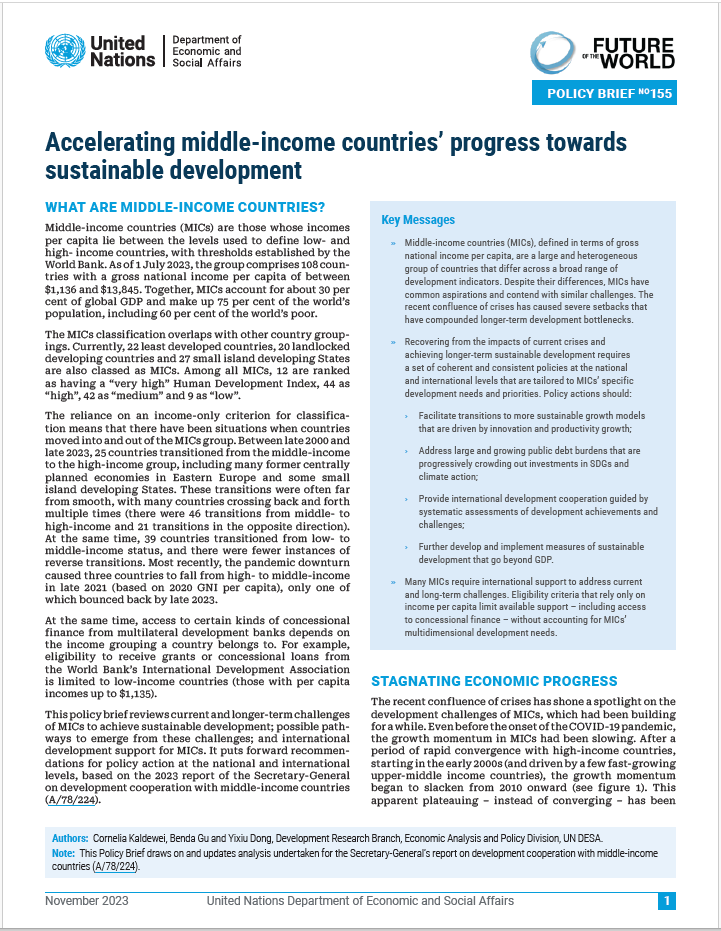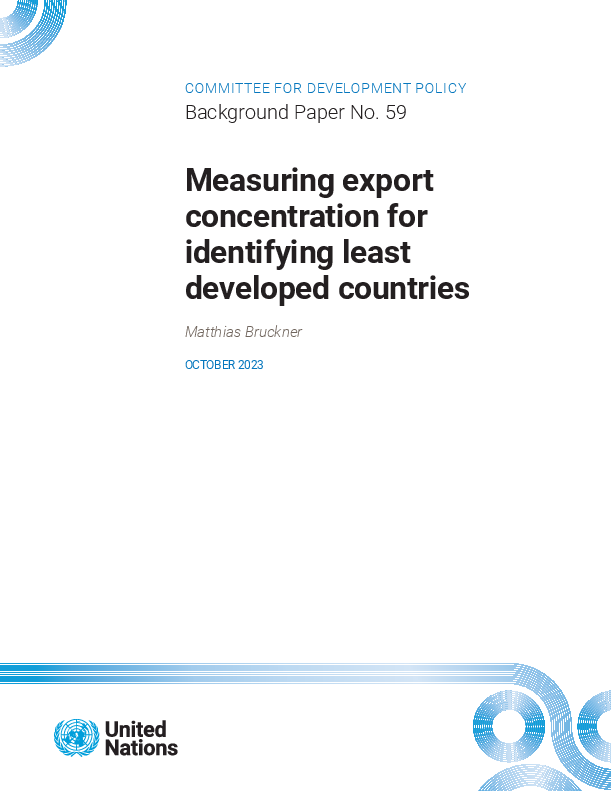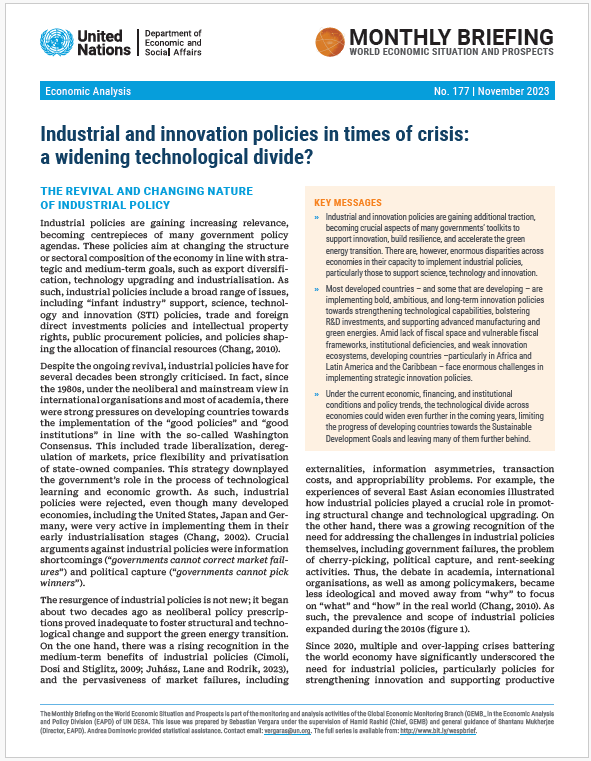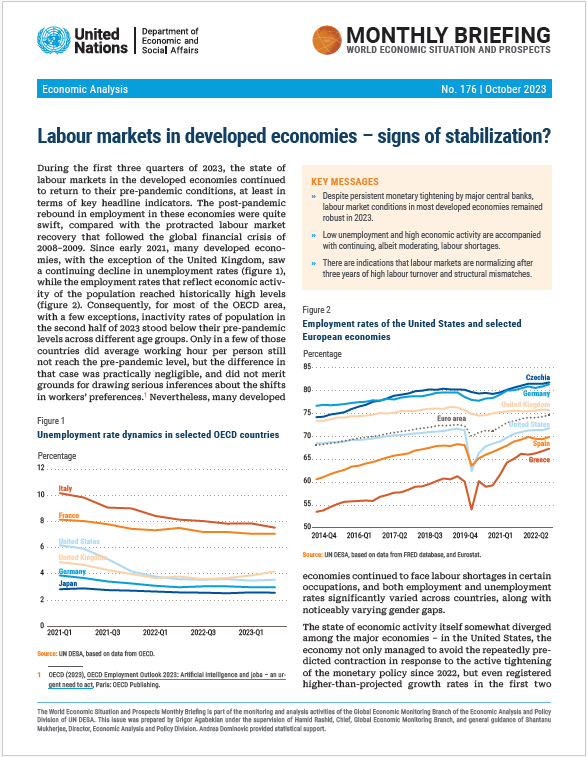Publications
Displaying 21 - 30 of 1105
عربي, 中文, English, Français, Русский, Español The Committee for Development Policy (CDP) held its 26th Plenary meeting from 4 to 8 March at UN Headquarters in New York. H.E. Mr. Robert Rae, Permanent Representative of Canada to the United Nations and Vice-President of ECOSOC, and Mr. Li Jinhua, Under-Secretary-General for Economic and Social Affairs, addressed the CDP members during the opening session. The Committee addressed several issues related to the least developed countries (LDC) category, as well as the issue of innovation ecosystems for development, structural transformation and equity, as…
中文, English, Français, Русский, Español
 Welcome to the United Nations
Welcome to the United Nations
